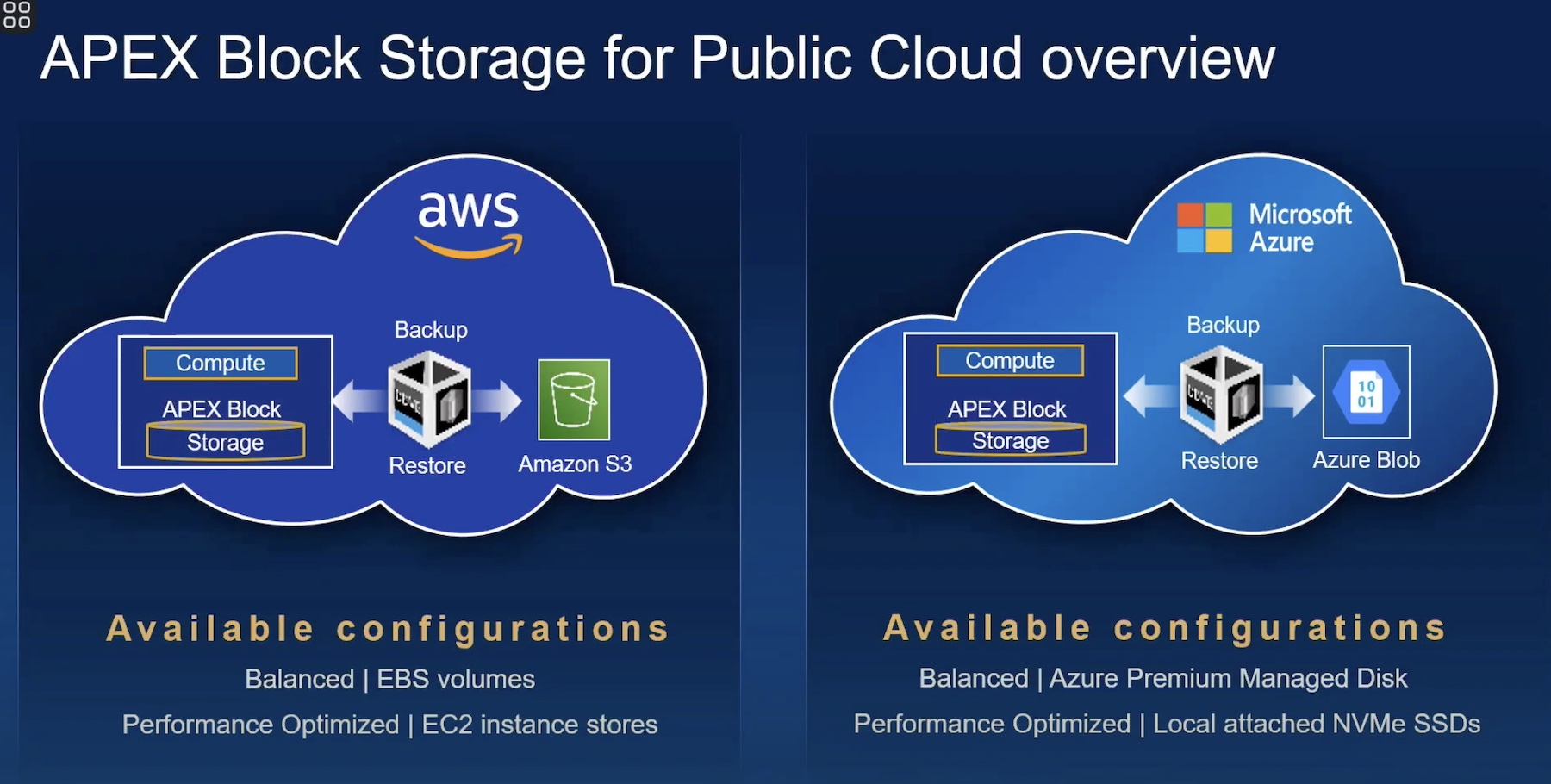SD-WAN is a huge driver for organizations looking to make the leap toward more programmable and customizable networks. Most of the companies that are looking at the move are targeting their next refresh cycle to complete the proof-of-concept (PoC) trials and the selection process. It’s an item that is far enough in the future to be comfortable. But what happens when someone else’s choice forces your hand?
Cloud Bound
Acadia Healthcare is one of the fastest growing medical organizations in business today. They focus on providing care for behavioral health and substance abuse issues. They have over 500 facilities and almost 17,000 beds in their organization spread across the US and the UK. Their life blood revolves around medications. Being able to provide the correct medication in the proper dose to their patients is the focus of the business.
Last year, their dosing software provider announced that the software was being ported to a hosted solution in the cloud. For Acadia, this created significant issues. Historically, the software was housed in a server on-premesis at the remote offices. Given the location of some of the Acadia locations, reliable Internet connectivity wasn’t always available. With a small IT department and reliance on outside contractors for service, sometimes locations went days before an outage was able to be remedied.
With their software moving to a centralized cloud deployment, Acadia could no longer afford to have downtime in their remote locations. They needed a way to increase reliability and business continuity. If their medication dosing software was offline, Acadia stood to lose almost 70% of their business revenue!
Enter SD-WAN
Acadia’s Director of Network Services, Eric Lester, drove the SD-WAN project to stay ahead of the curve. He noted that most healthcare technology lags about 5 to 10 years behind what is considered current, not just the bleeding edge. For him, SD-WAN wasn’t something that was a long shot. It was the future, and it was a future that Acadia needed to embrace.
Acadia went through their trials and selection process and ended up choosing Viptela as their SD-WAN solution. They being a PoC process of deploying Viptela to the most unreliable sites in their organization. Almost immediately, they started to see results. Acadia had chosen to use MPLS as the primary connectivity circuit due to latency requirements and service level agreements (SLAs) ensuring uptime. By using Viptela at the Internet edge, Acadia was able to utilize not only the existing MPLS circuits for connectivity but also the backup broadband circuits that were brought in for survivability.
One advantage of using Viptela SD-WAN that was realized was link quality. In the past, when traffic failed over from MPLS to broadband, the link quality would become severely degraded in the process. The broadband connection was unable to handle the load of all the traffic migrating at once. With Viptela, Acadia was able to set thresholds for traffic failover that kept the backup links from being saturated. Now, critical traffic could be migrated to the backup link sooner to ensure that the business would continue to operate instead of having everything go down at once.
Additionally, after the Viptela SD-WAN PoC had been operating for some time, Acadia was able to pull performance metrics for their MPLS circuits. What they found was that the broadband backup circuits were just as available as the more expensive MPLS circuits. That knowledge allowed Acadia to begin shutting off these more expensive leased circuits and making the broadband the primary Internet link, with a cheaper 4G/LTE cellular modem as a backup link. When asked about the lack of SLAs on traditional broadband circuits, Mr. Lester responded that the lack of SLA does create additional risk, but the smaller sites in the Acadia network are more tolerant of a short downtime window as the LTE modem comes up. For larger organizations with less ability to be down, Acadia is keeping the MPLS circuits in place. As Lester told the audience, his new mantra for business continuity with Viptela is, “If the site has power, they have connectivity.”
Planning For The Future
Where is Acadia going from here? Well, it turns out that having a stable, reliable network in place is giving them an opportunity to look at existing services that can be upgraded and can increase user satisfaction. One of these areas is in Voice-over-IP. Because of the Acadia acquisition model, many of their sites are still running standalone PBX equipment with traditional Plain Old Telephone Service (POTS) or Primary Rate Interface (PRI) connectivity to the PSTN. These circuits are often unreliable, forcing administrators to use backup circuits and creating maintenance issues as the PBX equipment falls out of service.
Mr. Lester has begun a plan to migrate these old PBX site to a more modern VOIP infrastructure utilizing Microsoft Lync. He has already piloted this system to his most troublesome sites by moving their administration staff to Lync and using the now-reliable SD-WAN connections to move voice through the network. He demonstrated this to one office manager by starting a Lync call and selectively enabling and disabling the primary and secondary circuits to show how Lync would failover between them as connectivity dropped. Lester says that this helps end the questions about why the phone system isn’t as reliable as the new network.
SD-WAN isn’t just a toy that gets installed to make things bright and shiny. It’s a platform that enables applications to function correctly. It helps network administrators anticipate changes like the ones forced on Acadia by their software provider. It also helps companies like Acadia plan for the future by migrating their existing application infrastructure to something more reliable, like moving their aging PBX infrastructure to a more modern VOIP system. SD-WAN gives you the tools you need to make your organization work better.
For more information about Acadia Healthcare’s move to Viptela SD-WAN, make sure to check out their presentation at the Spring 2017 ONUG meeting. For more information about Viptela and their SD-WAN solutions, please be sure to check out their website at http://viptela.com/sd-wan/




